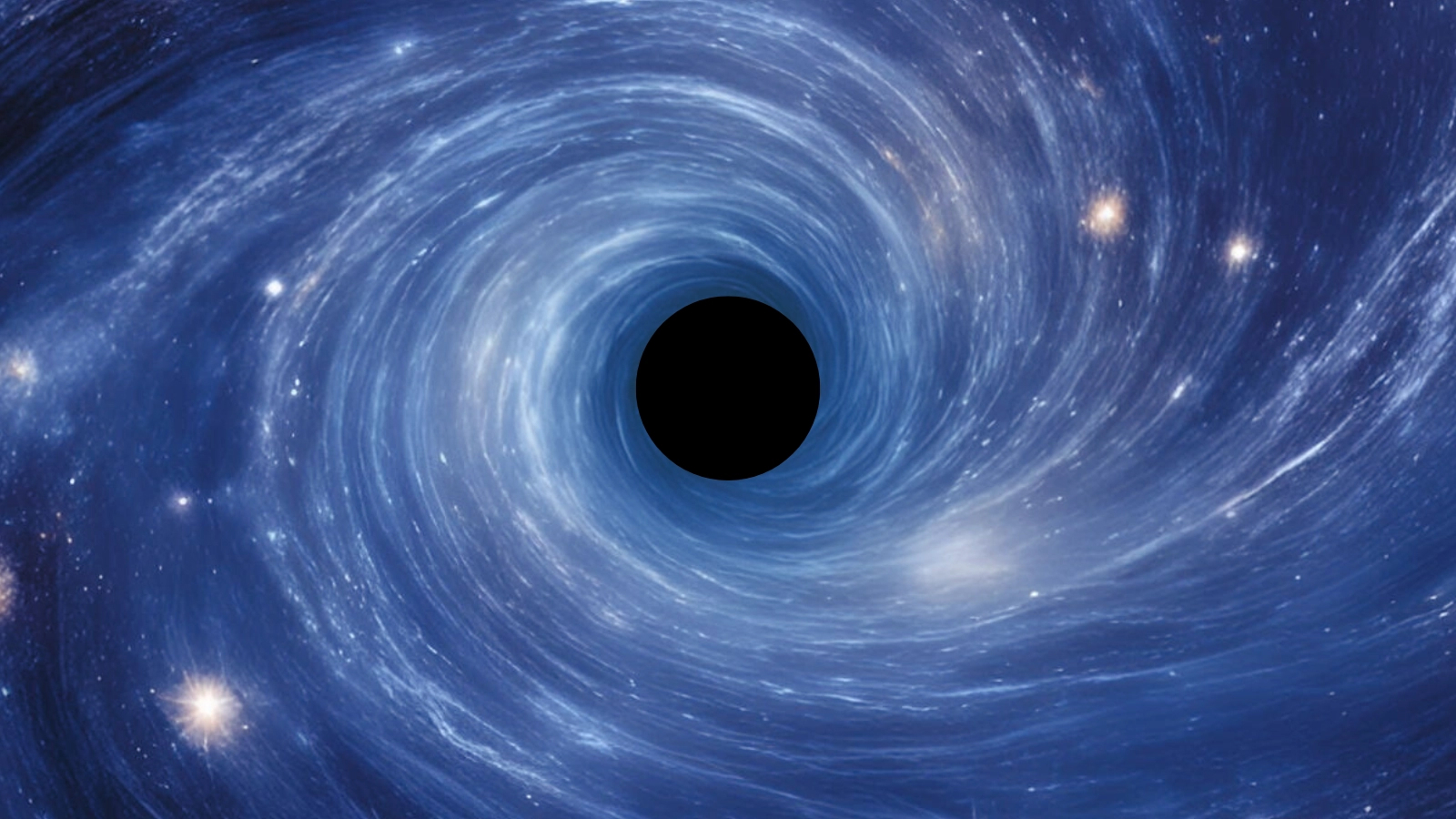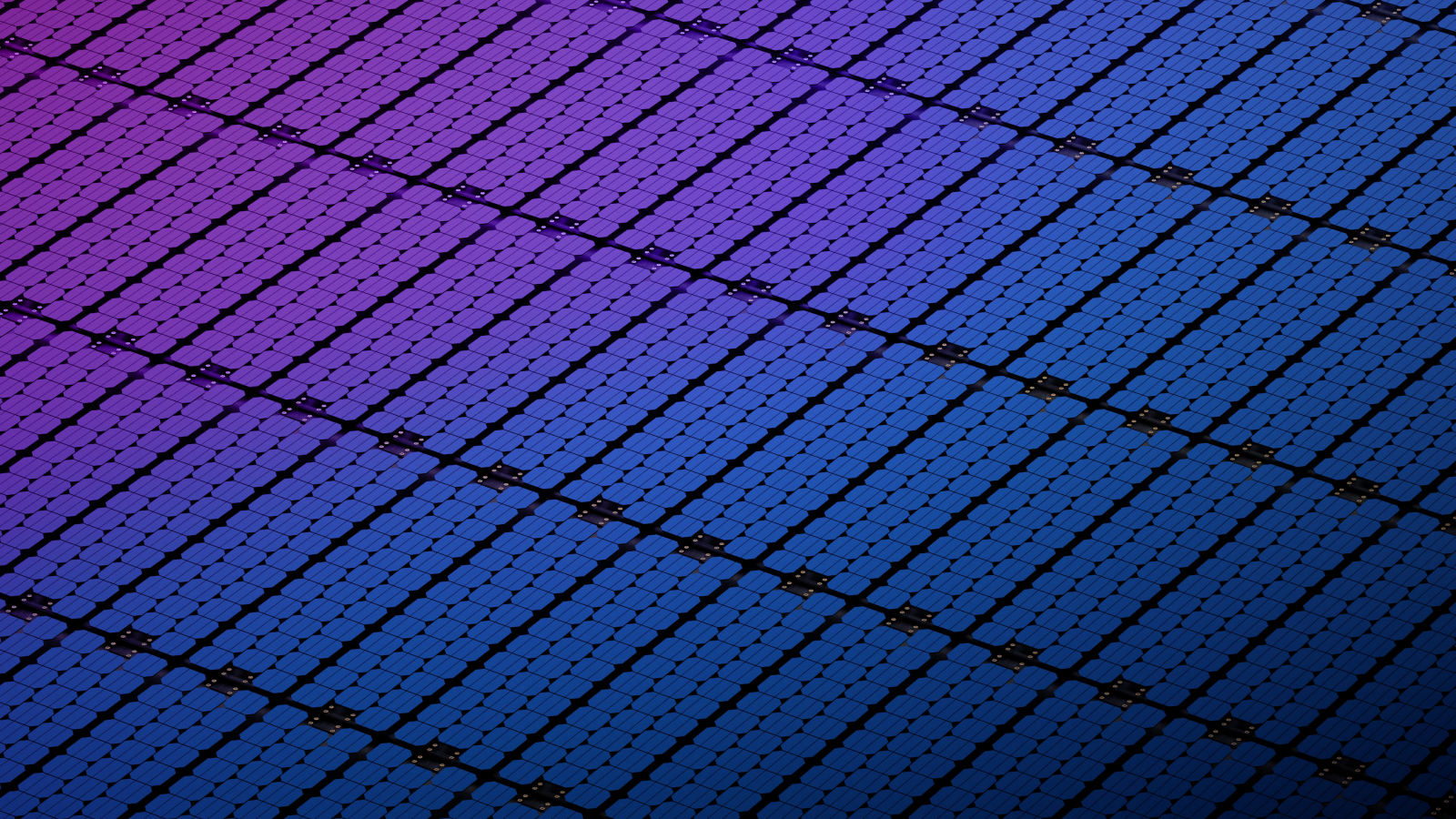When you buy through links on our site , we may earn an affiliate commission . Here ’s how it mould .
Physicists have measured the microscopically thin skin of neutron enwrap the interior of corpuscle of lead for the first time , finding that it ’s thickset than expected . The discovery could assist to unravel some of the mysteries of neutron principal — ultradense leading corpses that are chock full of neutrons .
An corpuscle ’s skin is an rum thing to imagine . The pop image of the atomic nucleus run to depict protons and neutrons being pack together willy-nilly inside a sphere — like gumballs in an previous - fashioned glass dispenser . But in reality , weighty element tend to shell out their construction stoppage more unevenly , with some neutron prod outward to form a flimsy " peel " that enclose the heart of mixed neutrons and protons .

A 3D illustration of a neutron star in a gas nebula.
Related:8 ways you’re able to see Einstein ’s Theory of Relativity in tangible life
" The proton in a lead nucleus are in a sphere , and we have happen that the neutrons are in a orotund sphere around them , and we call that the neutron skin , " study co - generator Kent Paschke , a professor of experimental nuclear and particle physics at the University of Virginia , enjoin in a program line .
Because the skin is created by the vapourous density of inner proton and neutron press out on the remain neutron , a measurement of the neutron skin is a ready to hand way of measuring the concentration of the entire nucleus . To do this , the researchers congeal about measuring the difference in sizing between the " inner " and " outer " spheres of lead-208 — an isotope ofleadwith 126 neutrons and 82 protons .

recover the size of the inner sphere was reasonably easy , and had been done before . Paschke and his squad elicit electrically charged corpuscle at the positively charge protons in the mall of the atom , and then measured how the charged particles spring off the protons . The neutrons of the out orbit , however , have no accusation . This means that a different method was needed to measure their density — one using the angulate momentum of scattered electrons .
By discharge a precisely controlled beam of electrons into a thin bed sheet of the lead isotope , cool down to cryogenic temperatures to make the nuclei a stationary target , the research worker measured the distinct style that electrons with specific angular momentums were deflected after interact with the neutrons . Because the electrons were head off more often in one commission when they had a sure angular impulse , the research worker could apply the deflected electrons to create a mental picture of the heaviness of the neutron skin . They found that it is about 0.28 trillionths of a mm thick , ten billion times thinner than a red blood cell . This is slightly thicker than physicist first thought it would be .
" This is the most lineal notice of the neutron skin . We are find what we call a unbendable equation of state — eminent than expected insistency so that it ’s difficult to squelch these neutron into the nucleus , " Paschke said . The equivalence of state is the equation that describe the state of matter under a give set of condition . " And so , we ’re finding that the density inside the lens nucleus is a little moment lower than was expected . "

roll in the hay the thickness of this skin is n’t just vital for understanding the properties of atoms , but also for understandingneutron wizard — the ultradense remnants of monolithic wiz work after enormous stellar explosions , or supernovas . As neutron stars are made up of 90 % neutron , understanding how neutrons structure themselves inside atoms will also spill light on the limits they set on the size of it of these mysterious prima remnants — and how the neutron skin seems to stopgravityfrom squishing them until they becomeblack cakehole .
As spark advance is one of the densest materials rule on Earth , the density of their neutron tegument wee for an excellent point of comparing to the fantastically thick neutron star . A 2nd team of researchers , working off the back of the first team ’s study in jumper cable , were able to update previous estimates of a neutron champion ’s radius from a utmost of 7.5 miles ( 12 kilometers ) to a upper limit of 8.9 mile ( 14.25 km ) .
— The 12 strangest object in the population

— The 15 weirdest galaxies in our population
— 101 astronomy image that will gasconade your psyche
" There is no experiment that we can carry out in the laboratory that can probe the social structure of the neutron whiz , " Jorge Piekarewicz , carbon monoxide gas - writer of the 2d work and a physicist at Florida State University , say in a assertion . " A neutron star is such an exotic target that we have not been able-bodied to recreate it in the lab . So , anything that can be done in the lab to constrain or inform us about the properties of a neutron star is very helpful . "

Despite the preliminary nature of these results , Piekarewicz was positively charged that they would be used alongside succeeding results to further unlock the mysterious nature of neutron stars .
" It ’s pushing the frontiers of knowledge , " Piekarewicz enjoin . " We all need to know where we ’ve come from , what the universe is made of and what ’s the ultimate fate of the existence . "
Thefirstandsecondteams both publish their findings April 27 in the journal Physical Review Letters .

in the beginning published on Live Science













